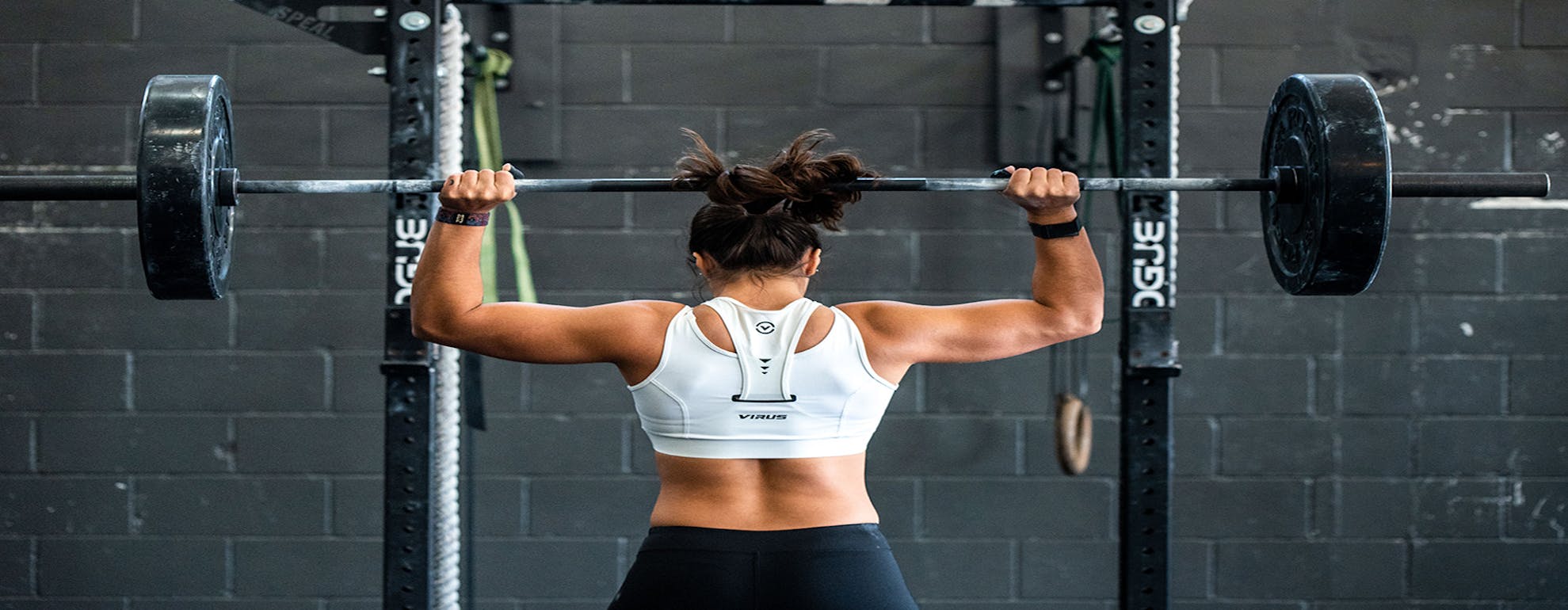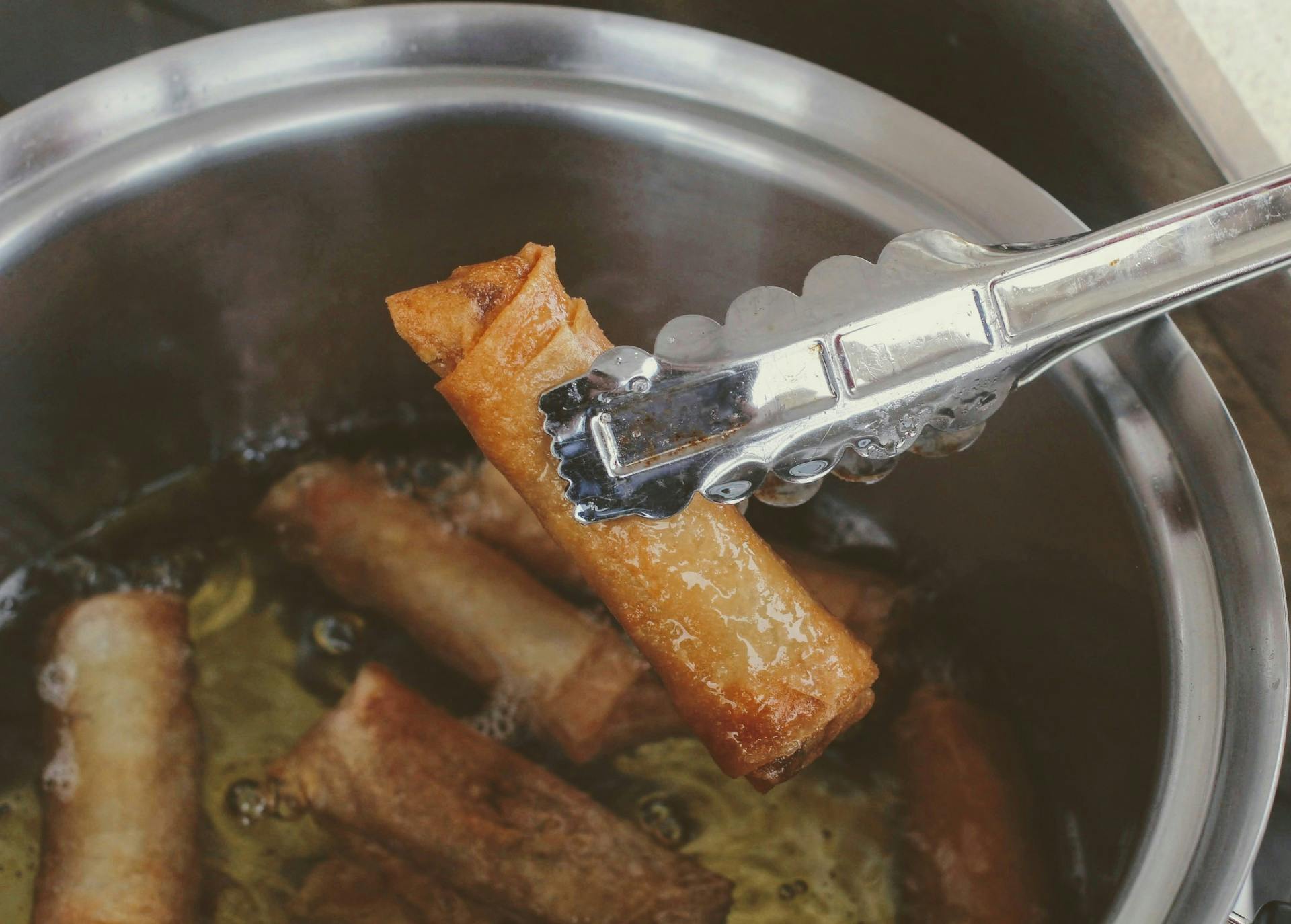
Shredding & Diet Tips | Nutrition Guide
When you want to ‘shred’, it is imperative that you understand your body’s energy needs i.e. how many calories you will need to consume each day in order to drop body fat. From there, you can then work out what your daily percentage of macronutrients needs to be (macronutrients are will essentially be protein, carbohydrate and fats).
ㅤ
HOW TO FIND YOUR DAILY CALORIE INTAKE FOR SHREDDING
To find out what your calorie intake should be to shred, you need to know your lean body mass which you can obtain by doing a body fat calliper test, or by using a bioelectrical impedance machine such as an OMRON.
Then use the following equation by Katch McArdle:
If you exercise 1-3 hours a week: Multiply your lean body mass x 1.2
If you exercise 4-6 hours a week: Multiply your lean body mass x 1.35
If you exercise more than 6 hours a week: Multiply your lean body mass x 1.5
From here, you calculate 80% of this number, which will then be the total daily amount of calorie intake, specific to you, in order for you to lose around 1lb of fat per week.
Please remember that this is just a starting point; we advise you assess your intake weekly, as everybody is different, and what works for one person may not work as well for another. If you feel you aren’t losing body fat, decrease calories by 50 each week.
ㅤ

Photo by Scott Webb on Unsplash
ㅤ
HOW TO FIND YOUR DAILY MACRONUTRIENT INTAKE FOR SHREDDING
Macronutrients is the term applied to a food type that’s required in a large amount for a diet. When you shred your diet will all be about three macronutrients: protein, carbohydrates and fats.
Your specific body type will determine your macronutrient intake. Your body structure will be one of three types:
Mesomorph: Medium bone structure, athletic body.
Endomorph: Larger bone structure, higher amounts of total body mass and fat mass.
Ectomorph: Smaller bone structures, and thinner limbs. Think of a typical endurance athlete, a marathon runner.
A guide to macronutrients for each body type is as follows:
Mesomorph shredding diet: 40% Carbs, 30% Protein, 30% Fat
Endomorph shredding diet: 25% Carbs, 35% Protein, 40% Fat
Ectomorph shredding diet: 55% Carbs, 25% Protein, 20% Fat
Again, use these as a rough guide, and we recommend you monitor and adapt these to make sure they work for you.
Your total calorie intake should be split evenly between 4-6 meals or snacks a day. The key is in prepping and planning, if you do not have your meals prepared, then it’s easier to divert from the meal plan and be tempted by other meal options.
ㅤ

Photo by Joshua Hoehne on Unsplash
ㅤ
WHAT FOODS SHOULD YOU AVOID WHEN SHREDDING?
Avoid all processed foods. Our body doesn’t know how to handle anything that has had its enzymes taken away or preservatives added, and so will end up storing processed foods as body fat. This includes hydrogenated fat, which is basically unnatural and can be really detrimental to your health.
Avoid food and drinks high in sugar (including energy drinks). Be aware of fruit and fruit juices too, as although these contain natural sugars, they are still very high in carbohydrates.
Avoid fried foods. Fried foods are heaped with unnecessary calorie and often cooked in hydrogenated fats.
Limit carbs to those found in wholefoods and vegetables. When shredding you can’t eat excessive amounts of carbs. Therefore use wholefoods and vegetables as a source of carbohydrates rather than refined white carbs such as white bread and pasta.
Avoid alcohol. Again, alcohol contains unnecessary calories that your body will process, but also drinking alcohol will stop your body’s fat burning process as it will prioritise getting rid of toxins instead. Plus when drinking, we tend to get to get carried away, and hangovers can make us crave sugary foods and ditch out meal plans!
ㅤ

Photo by Malidate Van: https://www.pexels.com/photo/steak-food-769289/ㅤ
ㅤ
WHAT FOOD IS GREAT FOR SHREDDING?
Protein! Leaner meats and fish such as poultry, salmon, steak, lean mince, eggs and legumes all contain high levels of protein. Protein acts as a building block, and will help us maintain lean muscle mass and aid in post-workout muscle recovery.
Vegetables. Green leafy vegetables in particular are great as they contain a range of essential vitamins and minerals which aid absorption of macronutrients.
Good fats. Good fats include avocado, coconut oils, flaxseed oil, nuts, nut butters, nut oils, grass fed butter and hummus. Fat is not to be feared.
Carbohydrates. You will get some carb intake from vegetables, but for those of you with higher carbohydrate needs should try and stick to complex carbohydrates such as potato, sweet potato, rice and quinoa.
Dairy. If your body can tolerate dairy then go for it. Cottage cheese is great as it has a high protein percentage but is low in fat and carbs.
Healthy food eat
Advice provided by Louisa Thomas, Personal Trainer with DS Fitness Brighton
Keen to learn more about fuelling for performance and adventures? Then check out our Nutrition category for more handy tips, advice and recipes.
Welcome
Welcome to the SportsShoes Nutrition Hub! We’ve teamed up with the experts to bring you the very best advice on the best foods to fuel you and your adventures.
Read More
Share this
Featured Articles
View All